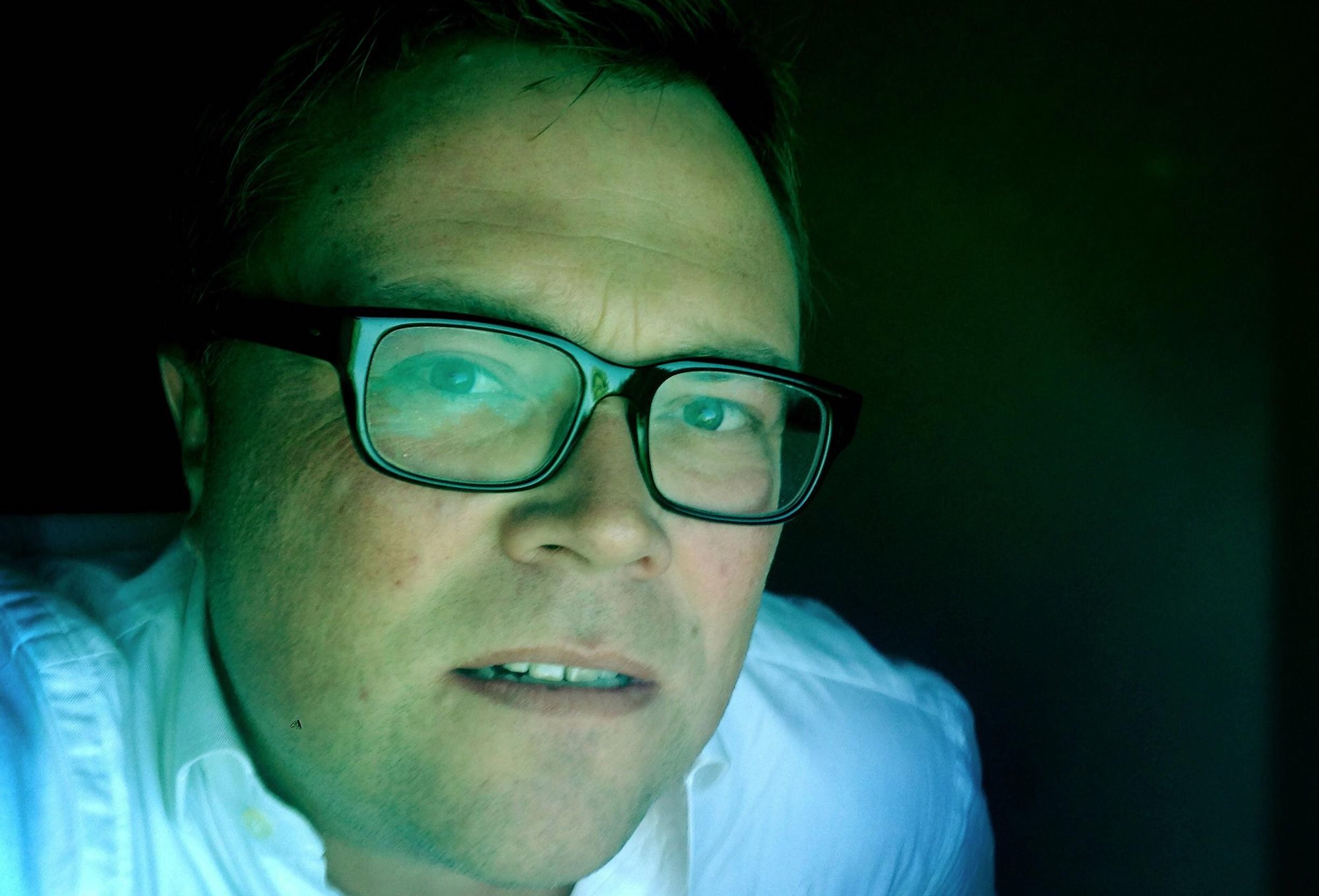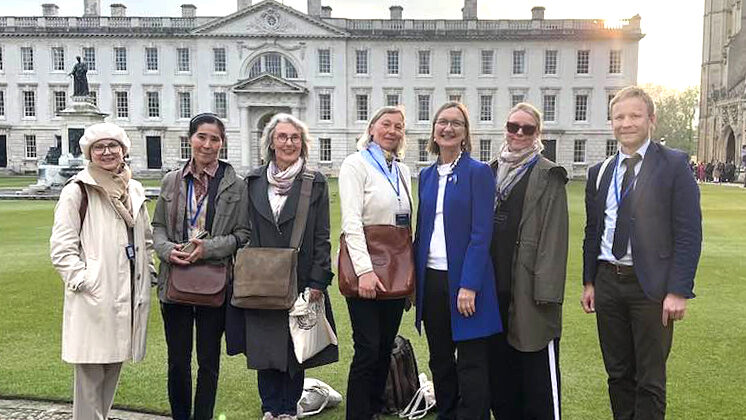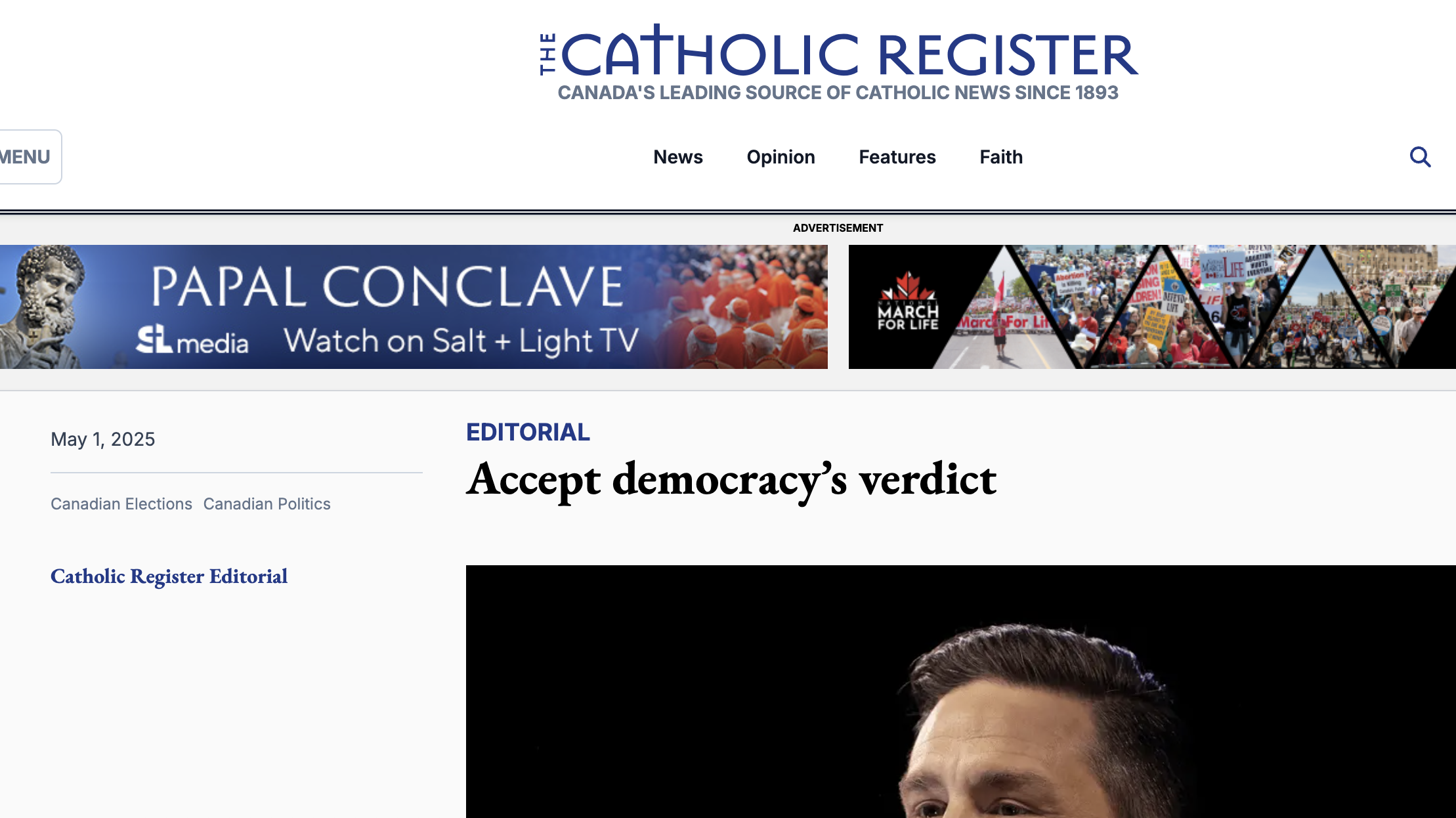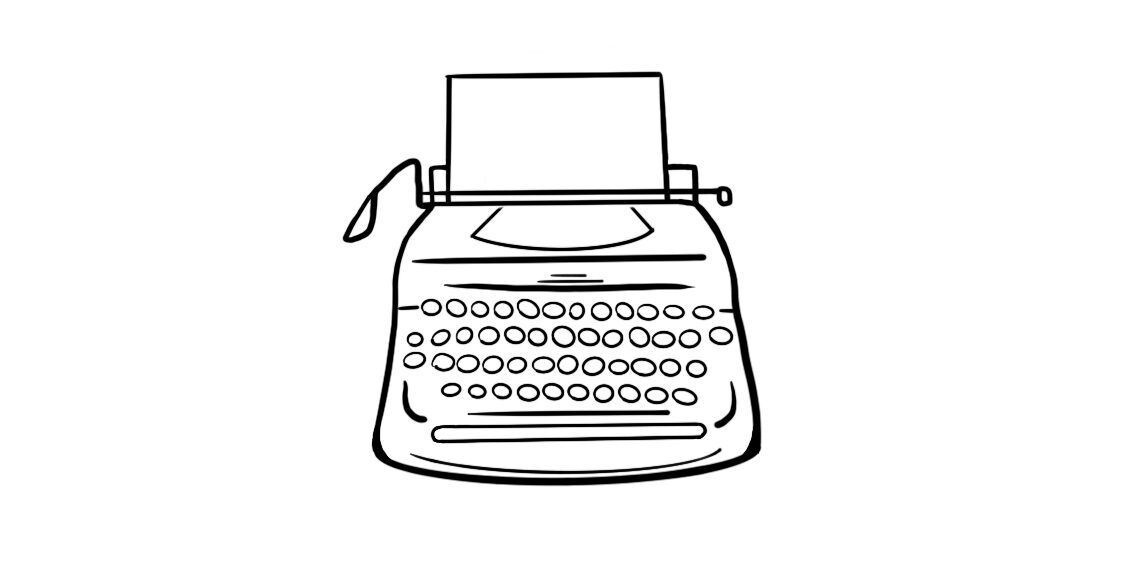Estonia’s laws guaranteed the cultural autonomy of all ethnic minorities in the country and the right to self-government. Estonia was, even by today’s standards, one of the most liberal and progressive countries in the world.
In August 1939, Stalin and Hitler conspired to snuff out Estonia’s progressive democracy, dragging Central and Eastern Europe into the sinister darkness of ethnic cleansing, political terror and war. By signing the Molotov-Ribbentrop agreement, the Nazis and the Soviets agreed to co-ordinate the start of the Second World War, carving up Europe and synchronizing their attacks against Poland from the east and west.
After the Soviet Union orchestrated the illegal occupation of the Baltic States in 1940, a reign of terror swept over the region. In Estonia, Soviet authorities shut down ethnic minority institutions, including schools, churches and synagogues. Soviet destroyer battalions stalked the towns and countryside, targeting individuals and entire families for arrest and deportations to distant Soviet prison camps in efforts to ethnically and politically repress the Baltic nations.
Members of my own family were tortured and executed by Soviet authorities for the crime of not correctly reporting the number of livestock they owned. In the summer of 1941, my grandfather was illegally mobilized by the Soviets into the Red Army, along with 30,000 other Estonian men, when the Nazis reneged on their friendship treaty and attacked the Soviet Union. Instead of training them to fight, the Soviets sent the Estonians and other Baltic men to Gulag slave labour camps, where more than a third of them died within six months of starvation, disease and exposure to cold, as well as torture and murder.
As the Germans threatened Moscow in 1942, Soviet authorities needed the Baltic men to counter the Hitler’s forces. They were hastily trained and rushed to the front lines. My grandfather was among them. Motivated by their instinct for survival and demoralized by mass Soviet terror in their homelands, large numbers of the forced Baltic conscripts deserted and crossed over to the German side. My grandfather was among those, as well.
In the dead of night, during a battle on the front lines, he made the fateful decision to dart through the deafening crossfire and tracers that streaked across the battlefield, driven by the hope that the Germans would not kill him as an enemy on the other side. He narrowly survived after a Soviet artillery shell exploded next to him during his escape.
He was hospitalized and eventually sent home to his family. Fearing the return of the Soviets, he arranged passage for himself and his family to Sweden. They arrived there as refugees and continued shortly thereafter to Canada.
It is important to note that the people of the Baltic States did not support either the Soviet or the Nazi occupation of their countries. Their only desire was to live independently, free from Soviet and Nazi terror. They resisted and fought against both Nazis and Soviets to achieve their freedom. Thousands came to Canada as refugees because of the terror they experienced when they lost their freedom.
Identifying the many Balts who resisted the German occupation as pro-Soviets or communists is as historically inaccurate as painting all those who resisted Soviet occupation as Nazis. Such intentional distortion of history is often done by those who have a political interest in doing so. It is a frequent disinformation tactic used by the Putin regime in the current Kremlin information offensive against the West.
Engaging in historical manipulation is dishonest and creates artificial divisions among Canadians. We must ask ourselves, who benefits from such division?
MARCUS KOLGA, Halifax Chronicle-Herald, March 2018
Marcus Kolga is a human rights activist, documentary filmmaker and expert in strategic communications, disinformation and sanctions. He is a senior fellow at the Macdonald-Laurier Institute Centre for Advancing Canadian Interests Abroad.




